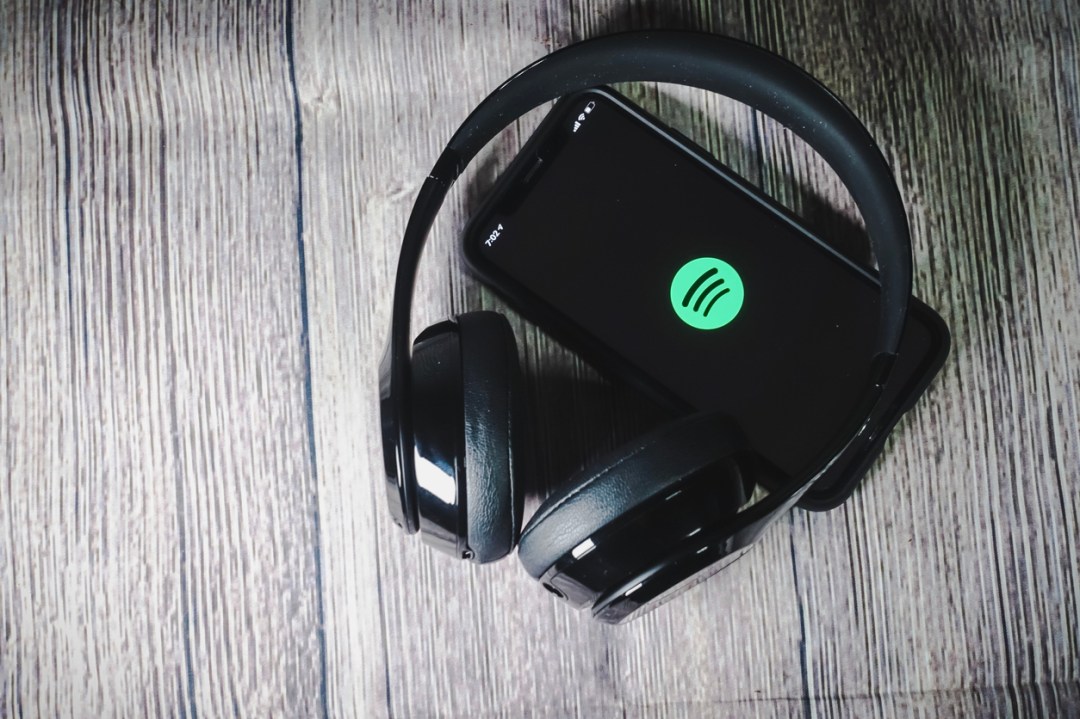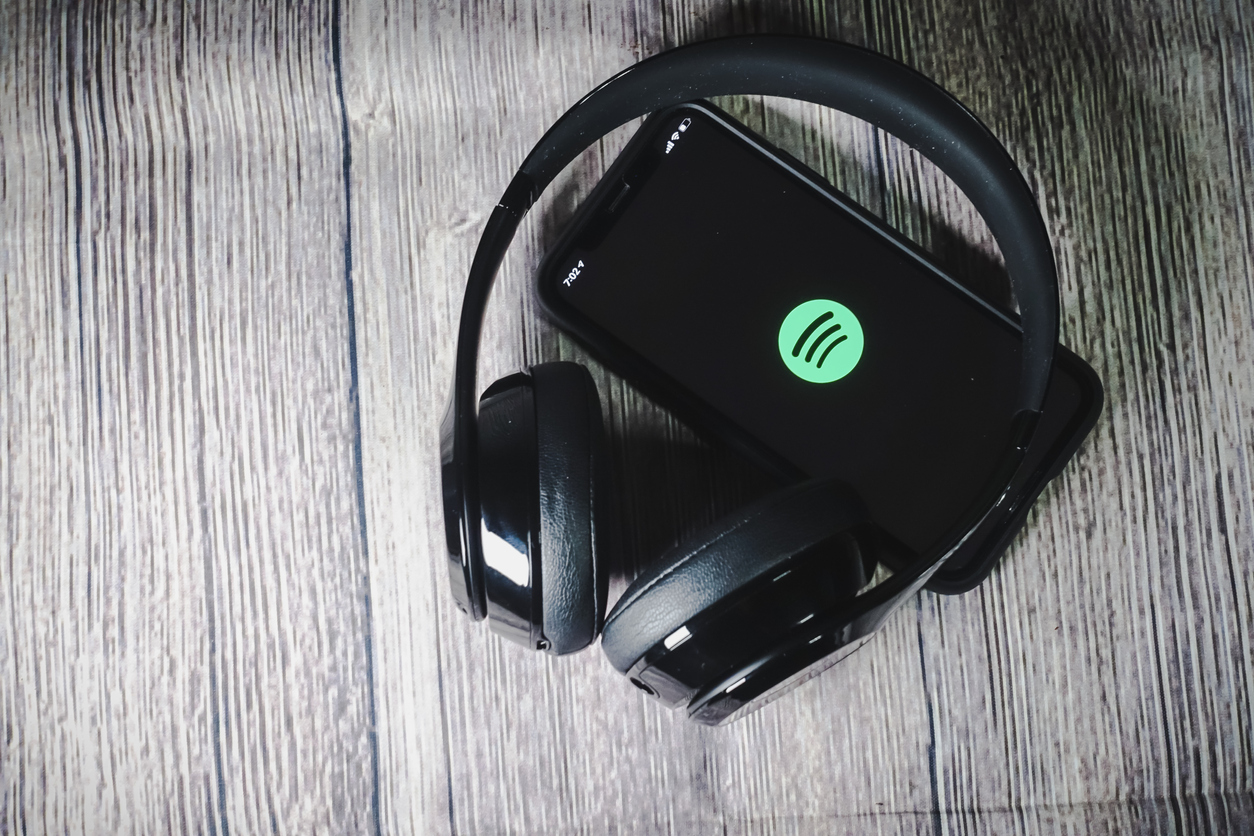‘Pitiful.’ That’s the verdict of Damian Green MP, acting chair of the digital, culture, media and sport committee, on the payouts that streaming companies such as Spotify and Apple Music provide to musicians. An update to the group’s Economics of Music Streaming report, published on Friday, calls on the government to take a ‘proactive strategic role’ to make sure Britain’s music industry – one of the few that truly is world-beating – gets the cash it deserves.
With streaming now accounting for 84 per cent of UK recorded music revenues, its businesses model really matters. Spotify controls up to 60 per cent of the British streaming market (Apple Music and Amazon trail behind with less than 20 per cent each), and it’s long been pilloried for the miserly rate it pays out to artists – somewhere between 0.2 and 0.7p per stream. Last year, indie band the Pocket Gods released an album of 1,000 30-second songs, in a wry commentary on the fact that Spotify registers a ‘play’ half a minute into each song. In 2014, funk band Vulfpeck asked fans to stream their new album Sleepify – consisting of ten songs of absolute silence named Z, Zz, Zzz and so on – on repeat overnight.
But at least now there’s actually money around for musicians to be swindled out of. By offering a vastly more convenient alternative to music piracy for about a tenner a month, streaming services have driven a financial resurgence in an industry that seemed to be on its last legs a decade ago. Current UK recorded music revenues are nearly double what they were in 2013, with similar figures for the US. The fact that streaming’s key metric is listens, rather than purchases of singles or albums, incentivises the creation of songs that stand the test of time rather than chase trends – Britain’s most popular albums last year included greatest hits compilations by the likes of Elton John, Fleetwood Mac and Abba. Streaming also seems to be encouraging less homogenous listening: in 2017, the ten most-streamed songs in the US accounted for more than one in 100 of all streams; last year, they were responsible for about one in 250.
By offering a vastly more convenient alternative to music piracy for about a tenner a month, streaming services have driven a financial resurgence in an industry that seemed on its last legs a decade ago
As the industry becomes increasingly reliant on streaming services, they’ll come under growing pressure to share their spoils. Lucian Grange, CEO of Universal Music Group and a much more formidable opponent than any British parliamentary committee, sent a shot across the bows of streamers last week by urging them to ‘keep pace with change’ and update their business models. There’s also a growing recognition that the bargain-basement prices of the platforms – Spotify has cost £9.99 a month since it launched in the UK in 2008 – needs to increase, with Apple Music first out of the gates in raising its monthly subscription to £10.99.
When musicians complain about not being paid enough for their songs, they’re often met with an upbeat but thoughtless response: why not just lean into touring and selling T-shirts? But recorded music needs and deserves to be economically viable in its own right, not least because it’s in the studio, not on stage, where innovation happens. Think of Phil Spector’s ‘Wall of Sound’, a dense arrangement of countless instruments that produced pop juggernauts like Be My Baby; of the Beatles’s experiments with tape manipulation and layering vocals; of Brian Eno and Kraftwerk tinkering with synthesisers and digging the earthworks for electronic music; and hip-hop beatmakers like J Dilla who conjured a new genre by sampling existing musical fragments.
There’s a widespread, tacit assumption that live music is the medium’s definitive form. This aids its use as a status symbol: boomers claiming attendance at the first Sex Pistols show, or millennials lavishing money displaced from the mortgages they can’t afford on boutique festivals. But while singing along with a few thousand people in a concert hall might feel like the summit of any given song’s power, compare that to the millions upon millions of occasions when it’s played on headphones to lift a commute out of drudgery; on a car stereo to melt away the miles; at a drunken house party accompanied by gloriously hoarse-voiced karaoke. Those moments taken together make the biggest, most mythic gig look like a mere tremor on the emotional seismograph.
This ideal – recorded music as a weightless, quicksilver commodity that wraps around the world and transfigures it – is perhaps better served by streaming than any previous mode of listening. The promise of fast-moving abundance in that very word, streaming, has largely been fulfilled: playlists, once a literal labour of love clumsily compiled on mixtapes, are everywhere. On Spotify, I can listen to Habibi Funk, a treasure trove of Middle Eastern pop and disco, or submerge into the 2,000-song, Ulysses-like, poly-generic playlist assembled by the DJ Four Tet. Streaming platforms need to be taken down a peg or two, and we’ll probably have to pay a bit more for them before too long. But the makings of a better future for musician and listener are there.







Comments